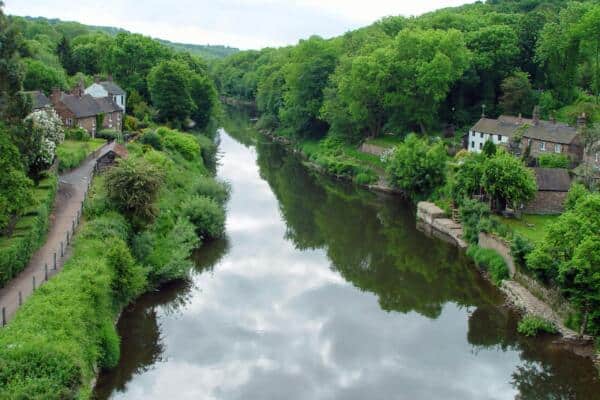Hot Topics at Wilson Browne
Latest News News
-
Introducer Agreements – When To Use Them And Why
Introducer agreements can help businesses to drive growth grow by increasing sales of products or services into previously untapped markets on a low-risk and cost-effective basis.

-
New Year, New You? Divorce Preparation: The Christmas Checklist.
Steps you can take over the festive period in contemplation of or to prepare to seek advice about initiating the process of legal separation on 5th January 2026.

-
Wilson Browne Solicitors Secures Re-Accreditation for Wills and Inheritance Quality Scheme
Wilson Browne Solicitors is pleased to announce that the firm has been successfully re-accredited under…
-
Can Someone With Anorexia Refuse Treatment?
In the UK, the legal question of whether individuals with anorexia can refuse treatment has been addressed in several recent cases, highlighting the complex interplay between autonomy and protection.
-
NHS Continuing Healthcare – Unfair And Inconsistent
NHS continuing health care provides funded health and social care support for people with very complex needs outside of hospital.
-
Child Arrangements at Christmas: The Legal Position and Tips for Successful Co-Parenting
How you can manage contact and handover arrangements over the festive period and what we can do to help you.
-
Off The Record Conversations
Increasingly settlement agreements are being used where an employer considers letting go an employee (and this can include “workers”). This is particularly so in redundancy or performance/misconduct situations.
-
An Update On The Employment Rights Bill
The Government released a well anticipated update concerning the implementation of the Employment Rights Bill (‘the Bill’) in July.
-
What Is A Deed Of Variation And How Can It Help Me?
A Deed of Variation is a formal document that allows Beneficiaries of a deceased person’s Estate to change the distribution of assets as outlined in the Will, or under the Rules of Intestacy where someone has died without leaving a valid Will.
-
Partner Tom Warrender Featured In The Latest Edition Of Property Law UK
Wilson Browne Solicitors was pleased to see Partner Tom Warrender’s article “Kingdom Hall Trust v Davies: Charity Land, Easements and the Law’s Imagination” featured in the latest edition of Property Law UK.








